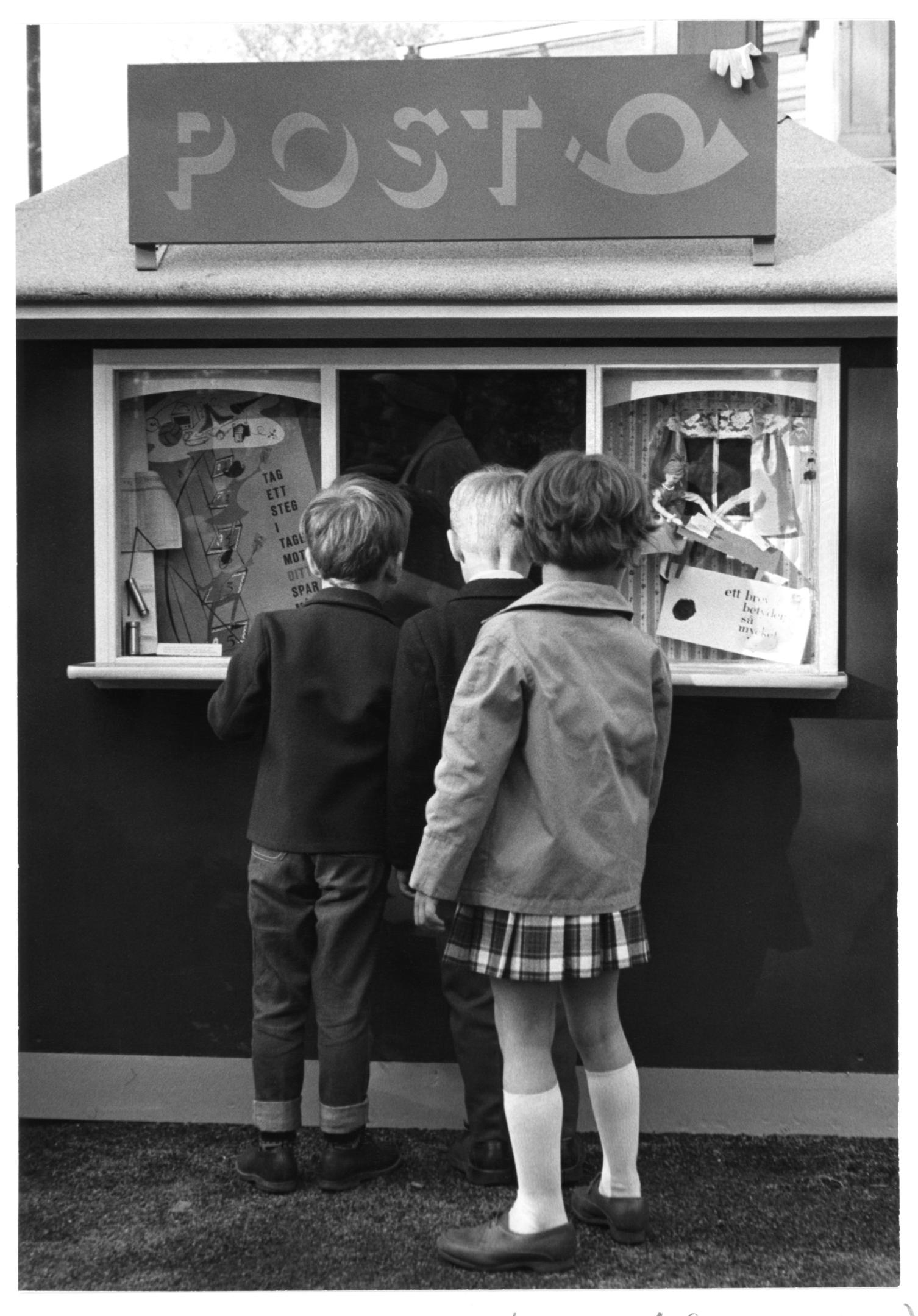Children's right to play


Convention on the Rights of the Child
The UN Convention on the Rights of the Child is a legally binding international agreement. The Convention states that children are independent individuals with rights, not the property of parents or other adults. At the same time, it is emphasized that children require adult protection and care. The Convention contains 54 articles, all of which are equally important and which together form a whole. The Convention on the Rights of the Child was adopted by the UN General Assembly in 1989 and became part of Swedish legislation in 2020. The Convention on the Rights of the Child is formulated so that it applies to all children in the world. It is required that each country interprets and creates case law around the articles if the writings are to have an impact and make a difference.
The Convention on the Rights of the Child can be a gateway for those planning the city. Children's rights to good places to play have so far not been an argument in debates about urban-building ideals and densification. Instead, children's need for space is often seen as a special interest that is added when other planning conditions are met. For example, traffic and parking are often given higher priority than children being given a coherent and safe road from home to school.
When planning and designing places for children, Articles 12 and 31 are of particular interest. Article 12 describes the right of children to form their own opinion, to express their opinions freely and to be listened to based on their age and maturity. Article 31 has often been called the forgotten article. It expresses the child's right to rest and leisure, to play and recreation adapted to the child's age. The child also has the right to participate in cultural and artistic life.
The government is obliged to report to the Committee on the Rights of the Child in Geneva on how the implementation of the Convention on the Rights of the Child is progressing. In Sweden, the authority task lies with the Children's Representative. The Committee on the Rights of the Child also publishes so-called "general comments" to help interpret the articles of the Convention on the Rights of the Child.
The Convention on the Rights of the Child says nothing about the place for play. But with the knowledge we have about the physical and mental benefits that come from staying outdoors, outdoor play environments should be a priority. It remains to be seen what support Article 31 of the Convention on the Rights of the Child and General Commentary 17 can give to community planners in their work to shape child-friendly cities. Prejudicial court cases will in the future show how the child's rights to play are weighed against other interests. Playgrounds and children's needs for play are governed by several different legislations but also by governing documents at the local level.

Children's post office in connection with traffic school at the Garden Association, May 1960. Photo: Bertil Samuelsson, from Postmuseums archive.
UN definition of play
In support of the interpretation of Article 31, the Committee on the Rights of the Child has published a so-called general comment No. 17. It describes the free nature of the Committee on the Rights of the Child and emphasizes the importance of play for each child. In summary, playing is described as follows:
“Children’s play is any behaviour, activity or process initiated, controlled and structured by children themselves; it takes place whenever and wherever opportunities arise. Caregivers may contribute to the creation of environments in which play takes place, but play itself is non-compulsory, driven by intrinsic motivation and undertaken for its own sake, rather than as a means to an end. Play involves the exercise of autonomy, physical, mental or emotional activity, and has the potential to take infinite forms, either in groups or alone. These forms will change and be adapted throughout the course of childhood. The key characteristics of play are fun, uncertainty, challenge, flexibility and non-productivity. Together, these factors contribute to the enjoyment it produces and the consequent incentive to continue to play. While play is often considered non-essential, the Committee reaffirms that it is a fundamental and vital dimension of the pleasure of childhood, as well as an essential component of physical, social, cognitive, emotional and spiritual development.”
Article 12 & 31
For children's play, Articles 12 and 31 of the Convention on the Rights of the Child are particularly important.
Article 12:
Children, as individuals and as a group, have the right to express their views on all matters of concern to them, which should be given due weight, in accordance with their age and maturity, and they should receive adequate support to express their views, where necessary.
Article 31:
States Parties recognize the right of the child to rest and leisure, to engage in play and recreational activities appropriate to the age of the child and to participate freely in cultural life and the arts.
States Parties shall respect and promote the right of the child to participate fully in cultural and artistic life and shall encourage the provision of appropriate and equal opportunities for cultural and artistic activities as well as recreational and leisure activities.